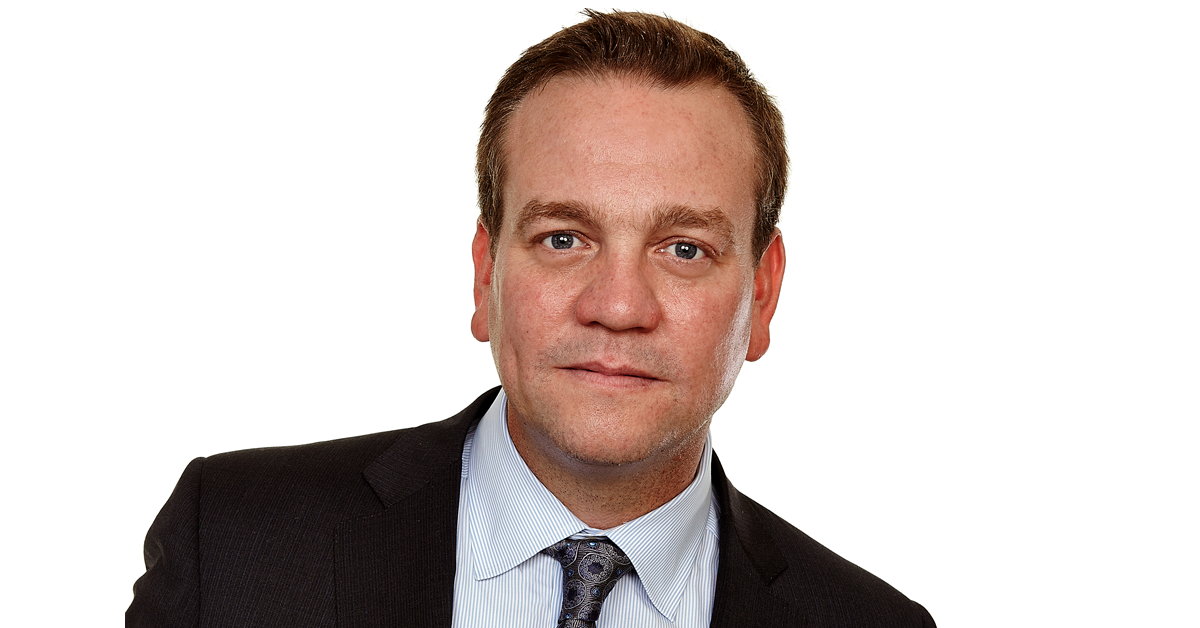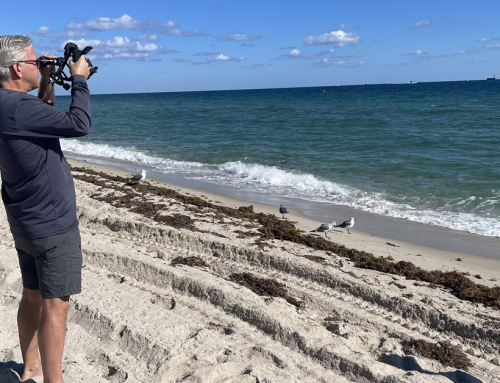Guest: Joe Anderson, the CEO and President of Pure Financial Advisors. Joe founded the firm in 2007 and it has grown to over $7 billion in assets under management and more than 6,000 clients.
In a Nutshell: Building a corporate marketing machine that delivers a consistent stream of high-quality prospects and new clients is pretty much every advisor’s dream. But to get that flywheel spinning, RIA CEOs need to make careful investments in both tech and team building so that your best people are able to spend their time doing what they do best.
On today’s show, Joe Anderson explains how he and his team built a corporate marketing machine through four marketing channels that consistently generate thousands of high quality leads for their advisors. Joe also discusses the importance of creating a career path for their advisors and how the firm has scaled by focusing on execution, team member specialization, and strategic outsourcing of certain functions.
.Joe Anderson and I discuss:
- The two visionary ideas that inspired Joe and his partner to found Pure.
- Why Pure, and other top firms, separate business development from advice delivery.
- How Pure’s marketing machine evolved as the business and the team grew.
- The various marketing channels Pure has tried and the four it focuses on today.
- Positioning the firm as “the rainmaker” rather than a single face-of-the-firm advisor or executive.
- How Pure handles prospects, from the moment they walk in the door until they’ve signed up with the firm.
- Compensation strategies and determining the right number of clients for each advisor.
- Taking on outside capital to shore up succession planning.
- The hardest part of running a multibillion-dollar firm (short answer: everything).
. Quotes:
Joe Anderson on finding the right marketing channels for his firm:
“We tried everything and anything in the beginning. My partner and I would go into the office on Saturday mornings and write these handwritten postcards to CPAs all over Southern California. Thousands of them. We got zero responses back. We would do the dinner workshops. So you go to the steakhouse and you spend a fortune there. And then you do three or four of them and all of a sudden you see the same people over and over again. Right out the gates we did AM radio and that was probably the turning point where we were able to leverage other marketing. Because marketing is 2 plus 2 equals 6. They hear us from the radio, then they go to the website, then they download something, and then maybe you have a webinar or some other event. So they’re touching you multiple times and then hopefully you can convert them into a client. So we tried to do webinars and we did these dinner workshops and that didn’t necessarily work out. And so we’re like, let’s go to the libraries or state schools. Right now we probably do several hundred of these classes across the country. It’s six hours long. It’s long-form. We have an instructor, she goes out, she teaches the class, and at the end of the day they raise their hand if they want to come sit with us. We’ll do a short-form class in a form of a workshop, we do a ton of webinars, and then we build a lot of content in regards to white papers, blogs, and so on. So that’s our educational vertical. That was the beginning of Pure Financial Advisors.”
Joe Anderson on letting advisors advise:
“I’m not knocking on my senior advisor’s door and saying, ‘Hey, are you asking for referrals? How many referrals did you get? Come on, let’s generate some business.’ That’s a problem in the industry, in my opinion, that we see advisors who have hundreds of clients. And so we cap our advisors at a certain level of clients. We’re able to get our advisors up to 100 to 150 clients in a few years and then from there we want them to service the heck out of those clients. We meet with our clients every four months. It’s not, ‘Hey, you gotta have growth goals.’ Because another issue I see with some firms is that it’s hard to grow when you’re always knocking on the door of your rainmakers. And sometimes they get to a certain point and say, ‘I just don’t want to grow anymore, I’m making a really good income, I like working with my clients, so I’m just gonna hang out and service my clients, have a lifestyle practice, and be good for the next 20 years.’ And that’s how we set up our business in the beginning. You’ll get referrals, of course, just naturally, but it’s not, let’s have a referral program and you have to ask every client three times before they leave, and I get paid in two ways and all that stuff. I hated that. It was terrible. I never want to do that ever again. And I never want my advisors to worry about doing that. I will handle the marketing and business development. You handle the financial planning.”
Joe Anderson on tracking the numbers that drive his marketing machine:
“I really have to make sure that I track my numbers. How many leads am I generating? And then from there, how many can I set? And then from there, how many are going to show up? And then from there, how many can I close? So if someone’s teaching a long-form class, 70% of those individuals should request a meeting with an advisor. But we’re not going to be able to set all of those. 20% are going to fall off, so 50% of the people who show up are actually going to be set. And a workshop is going to be completely different because they don’t have to pay to go to the class. They’re coming from a social media post. So we know that only half of those individuals are going to request a meeting and only half of those are going to show up. So you just back the numbers up. Each year as we’re doing our business planning, it’s like, ‘All right, let’s bring in a billion dollars of flows. How do we do that?’ I can tell you exactly how to do that with our business model. It’s just backing in the numbers.”
Resources Related to This Episode
- Your Money, Your Wealth Joe’s podcast and YouTube hub
- Joe Anderson on LinkedIn
- Mastering “The Language of Referrals” to Drive Organic Growth I talked to “The Original Referral Coach” Bill Cates about actionable specifics on how to create the mindset that attracts referrals on a consistent basis.





